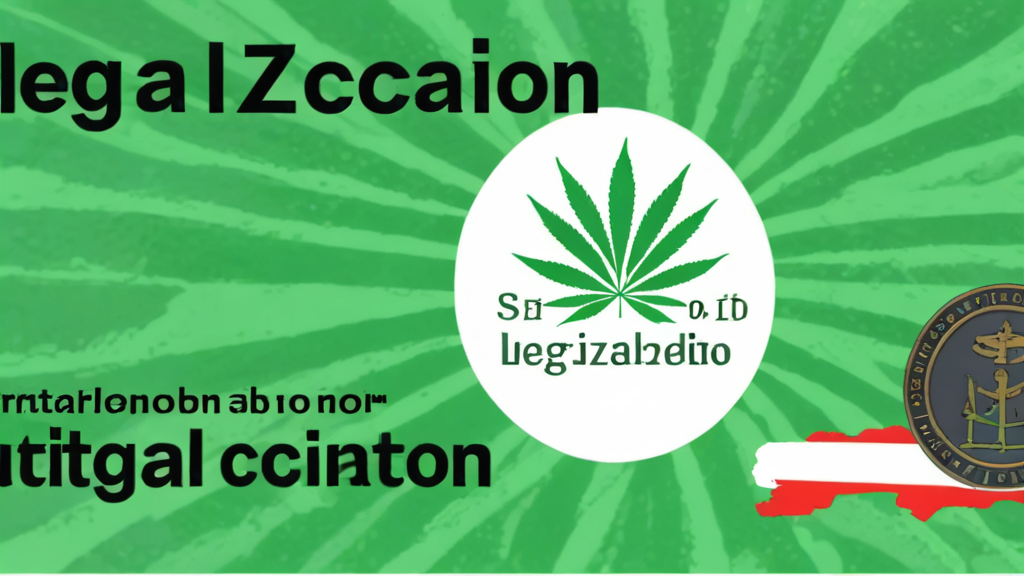Summary
In Mexico, the use of cannabidiol (CBD) has experienced significant changes in recent years. As we move into the future, it is important to understand the legal context and implications of this substance in the country. In this article, we will explore the current situation of CBD in Mexico and how it has evolved over time.
Historical Background
At the beginning of the 20th century, Mexico banned the use of cannabis, including CBD. For decades, this substance was heavily penalized in the country. However, in recent years, there has been a change in mindset regarding the use of CBD, especially for medicinal purposes.
The Elizalde Case
One of the turning points in the debate over the legalization of CBD in Mexico was the case of Grace Elizalde in 2015. The story of this girl and her fight against Lennox Gastaut disease generated wide public debate and highlighted the need to allow the use of CBD for medicinal purposes.
After intense debate, the import and consumption of CBD was approved to treat Grace Elizalde and other patients with similar conditions. This decision set an important precedent and paved the way for greater openness regarding CBD in Mexico.
Legal Evolution
Medicinal use
In 2017, the medicinal use of CBD was approved in the Mexican Congress of Deputies. This opened the door to the prescription of cannabis-derived products for therapeutic purposes. However, regulations surrounding CBD have undergone changes and reversals over time, creating some uncertainty regarding its legality.
Recreational Use
Regarding the recreational use of CBD, the situation is more complex. Although the Supreme Court of Justice of Mexico has issued jurisprudence that allows the recreational use of cannabis, Congress has not yet legislated definitively on the matter. This has generated continuous debate and the presentation of various bills that seek to regulate this aspect of CBD.
Future perspectives
As we move into the future, we are likely to see greater openness regarding CBD in Mexico. The demand for products derived from cannabis, both for medicinal and recreational purposes, continues to grow in the country. Clearer regulations may be established in the coming years and access to CBD will expand for those who need it.
Conclusions
In summary, cannabidiol (CBD) has experienced significant changes in Mexico in recent years. Although there is conflicting legislation and some uncertainty surrounding its legality, CBD has made its way as a therapeutic option for certain medical conditions. As we move into the future, it is important to closely monitor developments in legislation and the evolution of CBD in Mexico.
